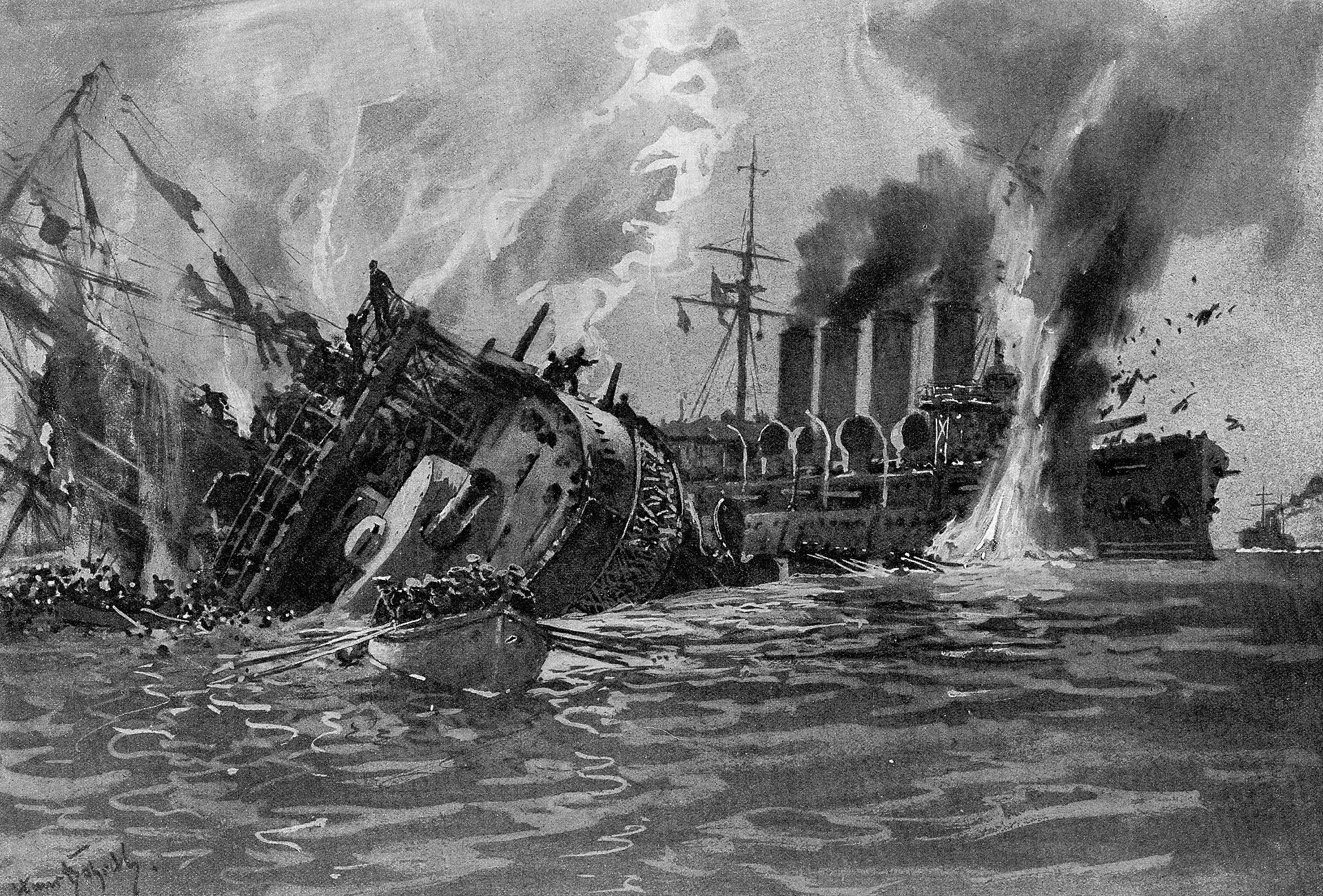
FOLLOWING LAST WEEK’S U.S. federal election victory by President Barack Obama, disgruntled Republicans from the state of Texas have rallied around a petition to secede from the Union.
The appeal, which was launched by a single frustrated voter from the Lone Star State, has already snowballed to more than 98,000 supporters.
A Texan known only as Micah H set up the document on the White House’s own We The People domain. The site was established to enable Americans at the grassroots level to launch their own petitions. According to the rules of site, any cause that can attract 25,000 supporters will receive a formal response from the Oval Office.
According to an article on Slate.com about the week-old movement, nearly a third of Texans incorrectly believe that the state, which was a fully independent republic before joining the United States in 1845, is legally entitled to withdraw from the Union if enough citizens desire it. According to the author of the piece, Jeff Turrentine (himself a Texan), despite the fact that there is no such Texas escape clause in either the Constitution of the United States or in the legislation that brought the republic into the Union, citizens still cling to the idea. Politicians within the state frequently invoke this myth in speeches and rallies.
In light of this developing story, it seemed fitting to revisit an article published on this very blog last July. The story, which focused on history’s lesser-known navies, examined among others the short-lived Scottish fleet, Austria-Hungary’s century old navy, as well as the navy of the independent republic of Texas. In fact, according to the piece, Texas had not one but two different navies:
The first was formed in 1836 during the country’s war for independence from Mexico. Under the command of Charles Hawkins, the small fleet was responsible for raiding Mexican shipping in the Gulf of Mexico and preventing the enemy from resupplying the army of General Santa Anna, which occupied parts of Texas at the time. The navy was made up of four fast schooners bought by agents of the republic: The Liberty, The Independence, The Brutus and The Invincible. While their efforts may have contributed to the defeat of the under-supplied army of Santa Ana, all four of the ships would be lost, captured or sunk by year’s end. Within three years, the newly-independent Republic of Texas would acquire six new vessels and establish its second navy. Under the command of Commodore Edwin Moore, the revived fleet would defend the Texas coast while raiding Mexican harbours and shipping. The force’s greatest action would be at the Battle of Campeche in 1843, when the sloop Austin and the brig Wharton would challenge the Mexican steamships Montezuma and Guadalupe. According to some accounts, this battle is the only occasion in which sailing vessels would fight more modern steam-powered warships to a draw. While not at that particular battle, the Texas navy had its own steam-powered warship too, the Zavala. It was supposedly the first of its kind in any navy in North America. The Texas navy would eventually be integrated into the U.S. Navy in 1846 when the Republic joined the Union.The so-called “Third Texas Navy” was founded in 1958, not as a military force, but rather as a sort of recreational state-wide yacht club. Membership is open to residents of “good character”. Participants are even offered commissions of rank: lieutenants for members under 24 years of age, up through commander and even admiral. To see for yourself, click here.
At this point, it’s unclear what sort of a reception Texans will receive from Washington if they push their plan to secede from the Union. It’s likely that if they do achieve nationhood, they’ll need a proper navy.










What an apropos subject with the most stellar timing. (At first, admittedly, I thought the post was going to be on Star Trek.)
Very interesting bit of history…
Well, I always tell my students to be timely! LOL.